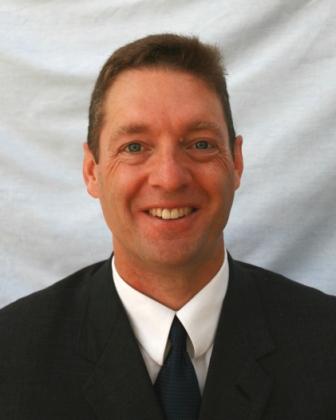|
Day 1 - Wednesday, 30 November
Morning Plenary
08:40
Invited Presentation: Bob Bailey, CAER Read Bio
09:00
 Invited Presentation on SDR Market Adoption: Joe Madden, Mobile Experts Read Bio Invited Presentation on SDR Market Adoption: Joe Madden, Mobile Experts Read Bio
09:50
Session 3D: Government R&D Agendas for Next Generation Radio Technologies I
Introduction: Manuel Uhm, Coherent Logix
This session will define current opportunities for SDR, CR and DSA in civil and defense communications, and allow government organizations to present key issues in radio communications which they will be looking to industry and academia to address over the next several years through R&D activities. The objective of the session is to provide the Forum's members and guests with insight into the Government's mid to long term communications requirements, and to help the Forum and its members to identify technology areas where investment is required to meet those requirements.
Presentations:
- Andy Clegg, NSF
- John Chapin, MIT
- Byron Barker, NTIA
- Howard McDonald, DISA
Analyst Overview - Government Market
- John McHale, Military Embedded Systems
11:50
Lunch and Exhibits
13:50
Session 4D: Government R&D Agendas for Next Generation Radio Technologies II
Presentations:
- John Armantrout, SPAWAR
- Thomas Rittenbach , CERDEC
- Tim Leising, CERDEC
- Joe Molnar, NRL
Wrap Up - What are the common R&D Trends
Manuel Uhm, Coherent Logix
Afternoon Plenary
16:00
Keynote: Dennis Martinez, Harris
16:40
Panel: SCA and Waveform Portability, moderated by Mark Turner, Harris |
Day 2 - Thursday, 1 December
Morning Plenary
08:40
Keynote: Paul Garnett, Microsoft
09:30
Session 5D: How to Win SBIR Phase 1, 2 and 3
This session will provide the participants with a broad introduction to US government contracting, and an overview of the small business innovative research (SBIR) program. The session will include Phase 1, 2 and 3 descriptions and typical award amounts, how to improve the odds of winning an award, how to influence the topic description, and how to position for a Phase 2 win. The session will also look at the challenges inherent in commercializing the technology in Phase 3 and strategies to overcome these difficulties.
Presentation 1: SBIR First Principles
Navigating the SBIR maze requires patience and an understanding of the US government contracting process. This talk will provide the participants with an overview of the small business innovative research (SBIR) program, an overview US government contracting process and contract types, an understanding of Intellectual Property and Proprietary Marking requirements, the SBIR “Unique Right”, an overview of government accounting requirements and an awareness of International Trade in Arms Regulations (ITAR), which are often overlooked by small high tech companies.
 Presented by: Steve Olenick, R&D Initiatives LLC Presented by: Steve Olenick, R&D Initiatives LLC
Read Bio
Presentation 2: Preparing for Successful Commercialization of your SBIR-funded Technology
All SBIR/STTR programs require attention to commercialization in Phase I proposals. However, expectations for commercialization planning drastically increase for Phase II applications. Dr. Servo will discuss the guidelines provided by NSF, the forerunner with respect to commercialization planning. If you understand how to address NSF requirements, you will be well prepared to address the commercialization requirements of most agencies.
 Presented by: Dr. Jenny Servo, Presented by: Dr. Jenny Servo,
Dawnbreaker
Read Bio
11:50
Lunch and Exhibits
13:50
Session 6D: Understanding U.S. Export Controls in a Changing Regulatory Landscape
This session covers current U.S. export control laws, how they impact the development of new technology and how they are changing. The session will focus on the potential export compliance pitfalls that compliance often run into and methods to assure that all operations are in compliance with the law.
Presented by:
 Robert A. Shapiro Robert A. Shapiro
Thompson Coburn LLP
Read Bio
16:00
Keynote: Kevin Wolf, U.S. Dept. of Commerce
16:40
Keynote: Paul Steinberg, Motorola Solutions
|

